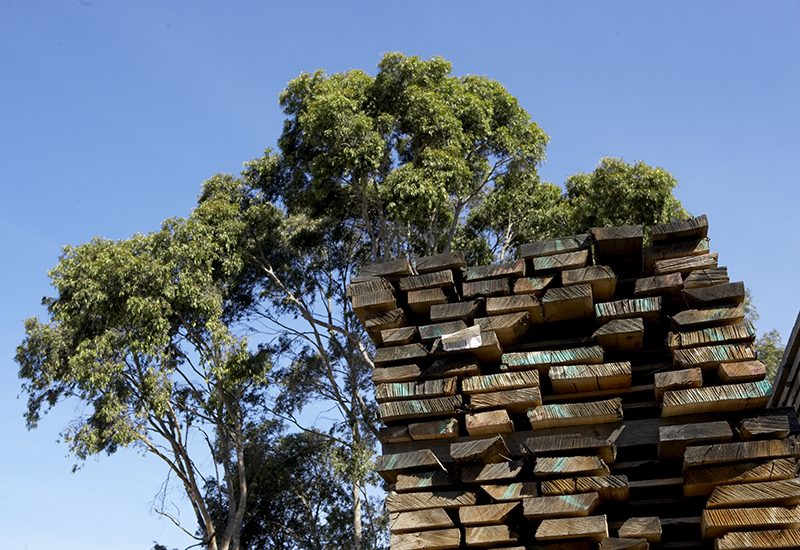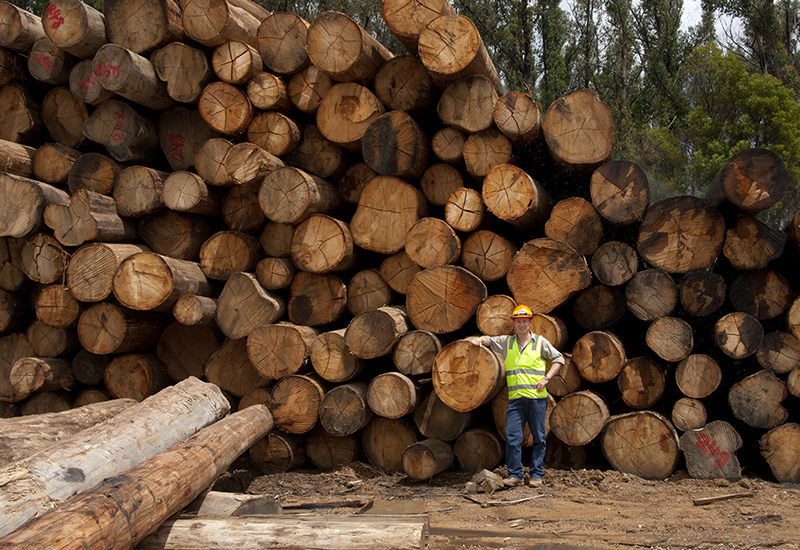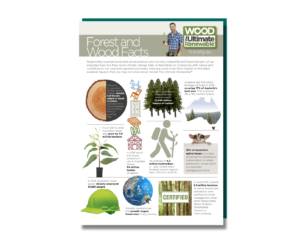Choosing sustainably-sourced wood for good
How can we be sure that the timber we choose is being grown and harvested sustainably and responsibly? Read on for an overview on third party certification and how it works.
It’s common knowledge that wood is a more sustainable alternative than alternative, conventional construction materials like concrete and steel. What you might not know, however, is that some timber is grown and harvested more sustainably than others, and that there are two main certification systems in Australia that are widely used in the forestry industry.
Third party certification was created to guarantee suppliers and customers that the timber they’ve acquired is sourced from responsibly managed forests and plantations. It’s called third party because the systems are managed and operated by independent companies. Without certification, it can be nigh on impossible to determine if wood was taken illegally or from high conservation value forests – not a good outcome for anyone who values protecting the environment.
Australia’s two main forest certification bodies are Responsible Wood (formerly the Australian Forestry Standard, which is recognised by the international Programme for the Endorsement of Forest Certification (PEFC) and the Forest Stewardship Council (FSC). The FSC is a non-profit membership based organisation operated by environmentalists, social interest groups, Indigenous peoples’ organisations and forest management companies.
In Australia, forest managers and owners have the choice to certify their forests under either Responsible Wood or the FSC. As well as affirming commitment to sustainable practices, an advantage of sourcing wood and wood-based products from certified forests is that they can be tracked through the supply chain via labelling – another assurance that the wood you’re buying comes from the right place.
Wood is a popular choice of environmental allies, which is why it’s important that there are systems in place to guarantee that timber is being grown and harvested responsibly. After reading this, you should have an insight into how to spot wood from ethical suppliers who share the vision to secure and manage the sustainable use of timber for generations to come.
Simply look for the Responsible Wood or FSC logos on wood and wood products. Remember, however, that some responsibly sourced wood – especially when used in items like imported furniture – may not be marked as certified, even though it may be.
You can find more information about certification at Planet Ark’s makeitwood.org





